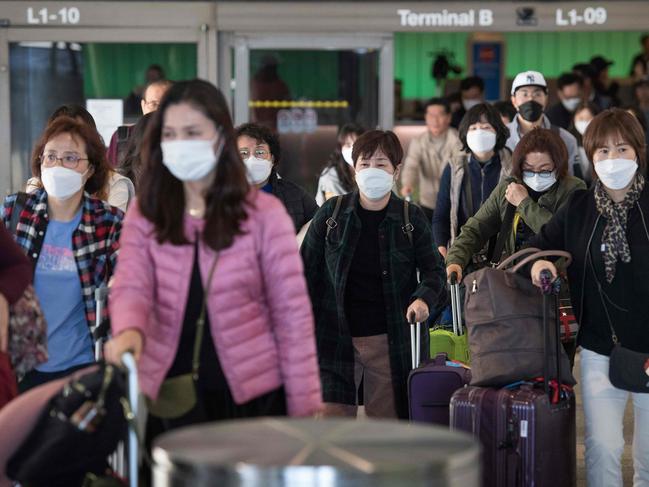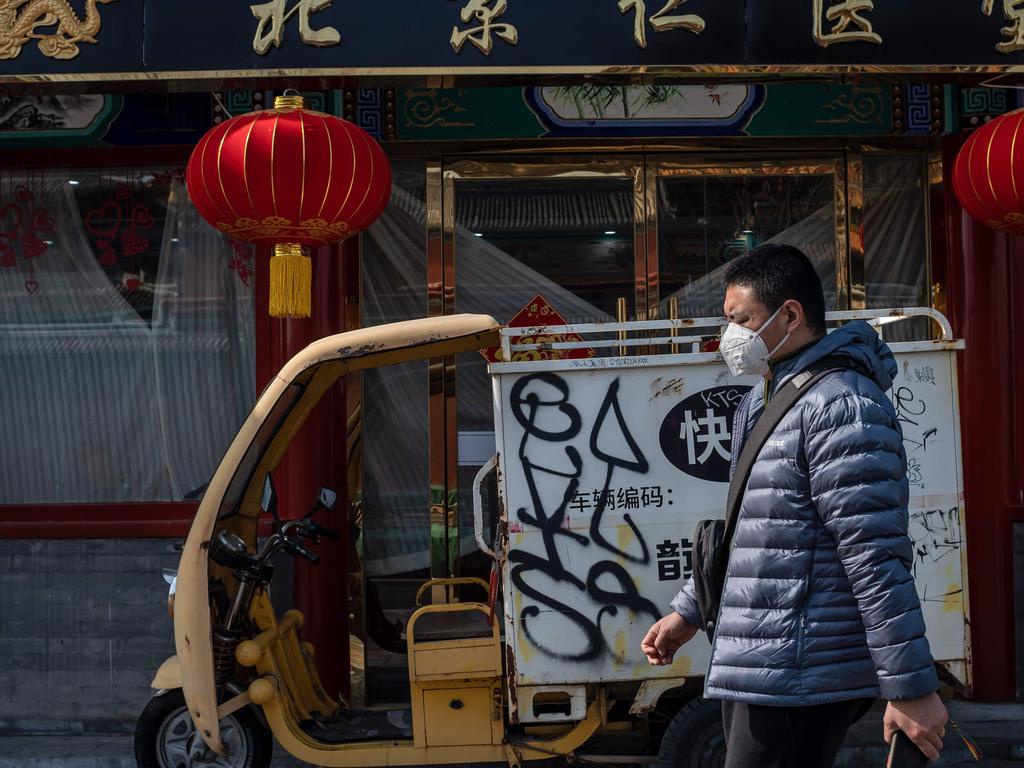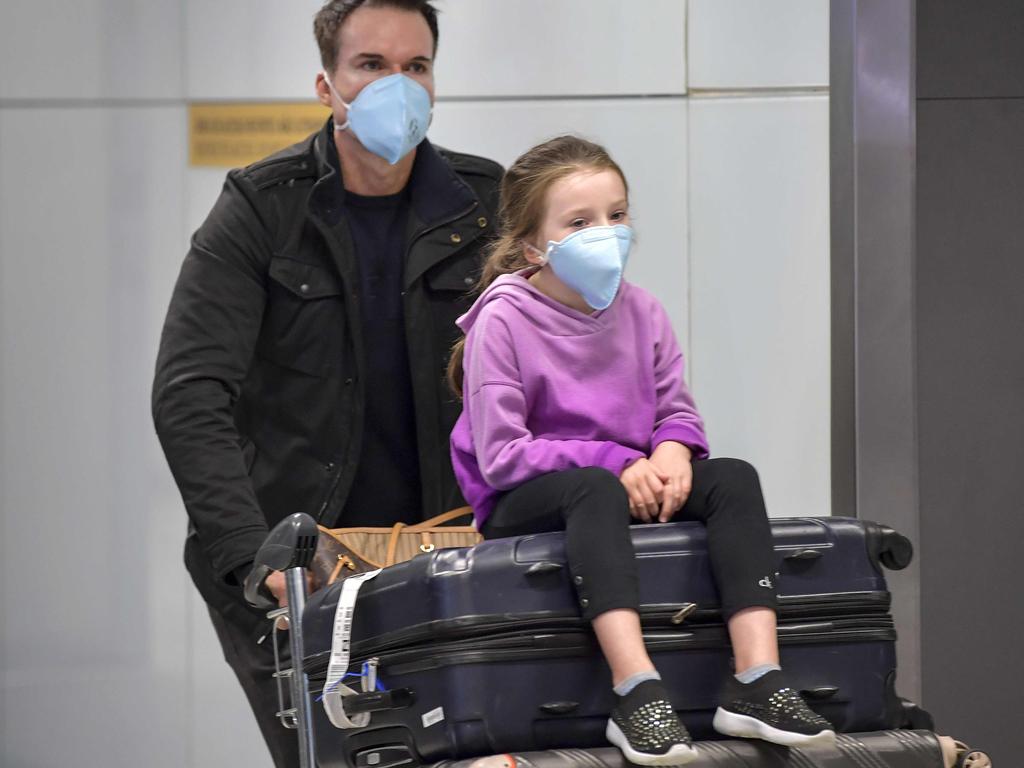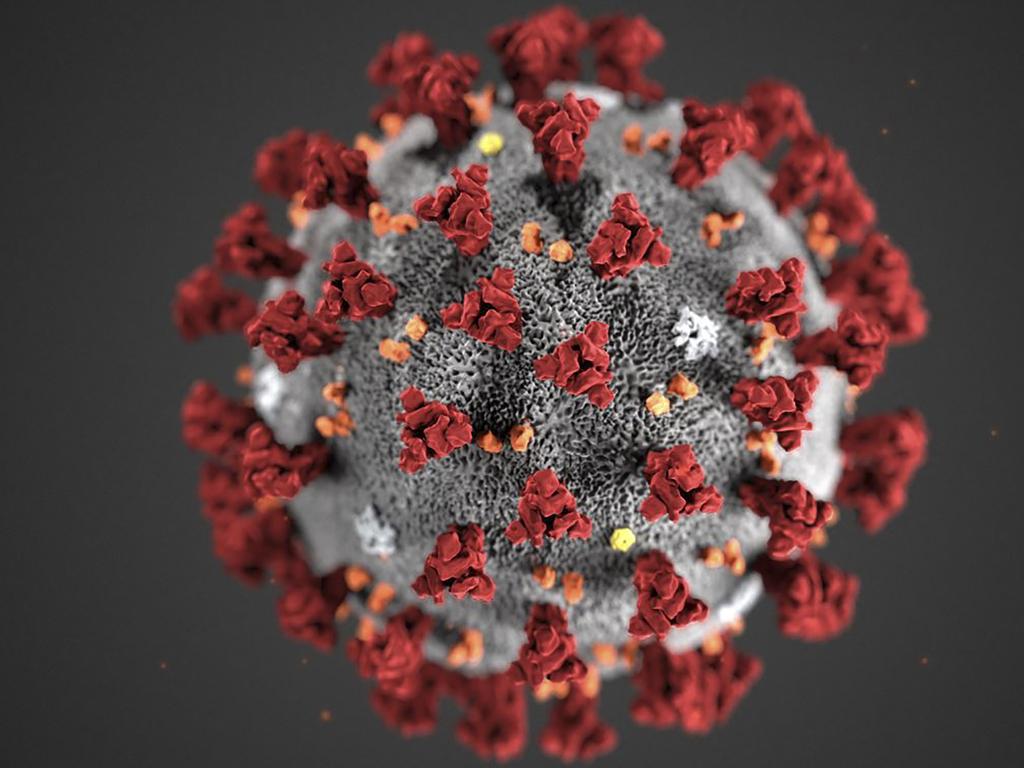Everything you need to know about coronavirus (COVID-19), its risks and symptoms
ALL YOUR QUESTIONS ANSWERED: Experts advise against touching your face, plus the latest on how COVID-19 spreads and travel warnings.

Concern is high about the dangerous coronavirus behind an epidemic in China and 115 other countries. The number of people newly diagnosed every day with illness caused by the virus is on the decline in the epicentre of Hubei Province, China, though it is still high. International health officials are increasingly worried about growing outbreaks of the virus elsewhere, including among people who neither have been to China nor in contact with anyone who has. US health officials have warned that they expect more transmission of the virus in the country.
Scientists and public-health officials keep learning about the virus, called Severe Acute Respiratory Syndrome Coronavirus 2, or SARS-CoV-2. The disease it causes is called COVID-19.
Among key questions they are seeking answers to are how the virus is transmitted, how easily it spreads and how many people are infected but don’t develop symptoms.
Here is what they know so far.
What is a coronavirus?
This new virus belongs to a family of viruses known as coronaviruses. Named for the crown-like spikes on their surfaces, they infect mostly bats, pigs and small mammals. But they mutate easily and can jump from animals to humans, and from one human to another. In recent years, they have become a growing player in infectious-disease outbreaks worldwide.
Seven strains are known to infect humans, including this new virus, causing illnesses in the respiratory tract. Four of those strains cause common colds. Two others, by contrast, rank among the deadliest of human infections: severe acute respiratory syndrome, or SARS, and Middle East respiratory syndrome, or MERS.
What are the symptoms of the illness and how do you know if you have it?
The virus infects the lower respiratory tract. Patients initially develop a fever, cough and aches, and can progress to shortness of breath and complications from pneumonia, according to case reports. They might develop nausea, with vomiting and diarrhoea. Some become only mildly ill, or are infected but don’t get sick. Others are mildly ill for a few days, then rapidly develop more severe symptoms of pneumonia.
Some patients haven’t had a fever initially or might develop a “walking pneumonia,” meaning they might spread their infection to others because they aren’t sick enough to be in a hospital.
Who is most at risk?
Adults of all ages have been infected, but the risk is highest for older people and those with other health conditions such as diabetes. Most of the 1,023 people whose deaths were included in a study by the Chinese Center for Disease Control and Prevention were age 60 or older, and/or had other illnesses. Many patients who have died were admitted to hospitals when their illness was advanced. Few children have been reported with the infection, but that could change.
How at risk is someone in Australia?
Australia’s Deputy Chief Medical Officer, Paul Kelly, said it was not necessary for people in the community to wear masks. He added Australia’s health system was well placed to cope with an outbreak.
One of Australia’s leading virologists, Ian Mackay, said the age group with the most deaths from the COVID-19 virus was the over-80s. “Younger people don’t seem to be getting severe disease,” he said.
“So it might just tick over a bit like flu does now, harshly affecting the elderly more so than the rest of us, but still causing coughs and colds and perhaps putting people in hospital in numbers that we’re really not clear about yet.
“There will be a big impact, we just don’t know how big.”
How is the virus spread among humans?
It is likely spread through a cough, sneeze or other contact with saliva, Chinese officials say. There is no evidence of transmission by aerosol, or through the air. MERS and SARS spread mainly through “respiratory droplets” produced when someone coughs or sneezes. Those two viruses spread mostly through close contact.
Scientists are also investigating whether the new coronavirus may spread in faeces, as tests have found it in the digestive tract of some patients.
What is the incubation period?
People become ill between two and 14 days after infection, according to the US Centers for Disease Control & Prevention. Chinese researchers recently cited an average incubation period of 5.2 days.
Is there a test?
Public-health officials have developed and are distributing diagnostic tests, which are being used to confirm whether a patient has the new coronavirus or another infection. In Hubei Province, cases are also being diagnosed based on chest X-rays and symptoms. Scientists are working on a blood test to detect antibodies to the virus, to determine how many people in the population have been infected. Some may not have gotten sick.
Can face masks protect you?
Health experts and mask makers say only a properly used reusable N95 respirator mask certified by an independent agency can guard against the virus. Paper or polyurethane foam masks don’t filter out smaller particles responsible for transmitting infectious agents. They may help prevent sick people from transmitting to others.
What else can I do to protect myself?
The most important thing you can do is wash your hands frequently, for at least 20 seconds each time. Wash them when you come home, before you eat, and other times that you are touching surfaces. Don’t touch your eyes, nose or mouth: viruses can enter your body that way. Wipe down objects and surfaces with household cleaner. Maintain a distance from people who are sick.
How easily does the new virus spread?
Disease-modelling experts have estimated that on average, each infected person has transmitted the virus to about 2.6 others, though the range is between 1.5 and 3.5. Those rates are higher than for some influenza viruses, some are lower than SARS, and they are far lower than measles, in which one infected person can transmit the virus to 12 to 18 other people.
Public health experts caution that these estimates are preliminary, change over time and can be lowered by measures to prevent the virus from spreading.
Can you catch the virus from someone even before they have symptoms?
It is possible. But little is known so far. In Macau, a 15-year-old resident of Wuhan, the epicentre of the outbreak, tested positive for the coronavirus despite having no fever or cough, according to that special administrative region of China. Scientists reported in the Lancet medical journal that they identified the coronavirus in a 10-year-old boy who developed no symptoms, even though others in the child’s family fell ill. Chinese news outlets have reported a handful of other potential asymptomatic cases.
Where did the new coronavirus come from?
The new virus likely came originally from bats, scientists say. It isn’t known exactly where or how it jumped to humans, though. Viruses from bats often infect another mammal first and then mutate to become more transmissible to humans. One hypothesis is that the intermediary animal for this new virus may be a pangolin, a small mammal sold in wildlife markets, prized for its meat and scales covering its body.
Health officials believe the outbreak originated in a large animal and seafood market in Wuhan, China.
Of the first 41 cases, 27 had some exposure to that market, according to a report in the Lancet. But three of the first four people to become ill, on December 1 and December 10, said they had no contact with the market.
A study in the New England Journal of Medicine found that 55 per cent of patients in Wuhan who became ill before January 1 had a link to the market, compared with 8.6 per cent of those who became ill after that point. Scientists say it will take some time to identify the exact source.
How dangerous is the new coronavirus?
It appears to be less deadly than a related pathogen — SARS, which erupted in China in 2002 and spread globally in 2003. SARS killed about 10 per cent of the people it infected, while about 2.9 per cent of the people confirmed to be infected with this new coronavirus have died, according to World Health Organisation data.
But the new virus spreads from one person to another more easily than SARS, some disease modelling and case studies suggest.
Is the virus mutating, particularly in a way that would make it more contagious?
No. The virus has remained stable genetically thus far, according to the World Health Organisation and the US CDC.
How worried should I be?
Most people who are infected may become only mildly ill, data suggest. Of 44,672 cases in China at the end of last month (this figure has now doubled), 81 per cent had mild symptoms, 13.8 per cent were severely ill, and 4.7 per cent were critically ill, according to the Chinese CDC. All of those who died were in critical condition.
Public health officials are trying to determine how many people have been infected, including those who didn’t get sick at all. They are concerned and want to contain the virus because its effects aren’t fully known. In addition, new viruses can mutate, possibly becoming more virulent as they work their way through a population.
Is it safe to travel?
The government has instructed Australians not to travel to China and Iran. Most commercial airlines have suspended or reduced flights to and from China. Australians who remain in China should leave as soon as possible by commercial means. Those in China have been instructed to contact their airline, tour operator or travel insurance provider for departure options.
Australians have been told to reconsider their need to travel to South Korea, and to exercise a high degree of caution when traveling to Japan, Italy and Mongolia.
Are there drugs to treat coronaviruses?
There aren’t any drugs or vaccines approved specifically for the new virus. But several are in development or being studied. Two clinical trials in China are evaluating remdesivir, an antiviral drug from Gilead Sciences that was also tested for ebola.
A hospital in Wuhan is conducting a clinical trial using a combination of two drugs for HIV that had been tested on MERS patients in Saudi Arabia. The therapy, sold under the brand name Kaletra in the US, is normally used to treat HIV patients and belongs to a class of drugs known as protease inhibitors, which block a key enzyme that helps viruses replicate. In addition, a few vaccine makers are developing products targeting the virus.
What is being done to contain the spread of the virus?
China imposed quarantines on Wuhan, the epicentre of the outbreak, and several other cities, affecting millions of citizens. Officials built a large field hospital in Wuhan to isolate and care for patients and are investigating chains of transmission. It isn’t clear what effect the quarantine measures are having.
Scott Morrison has moved ahead of international health authorities to activate a pandemic plan, triggering preparations for fever clinics, aged-care home lockdowns and increased medical stockpiles.
The emergency response plan provides a blueprint for states and territories on how to deal with a coronavirus outbreak.
It also details pandemic scenarios, including the most severe in which hospitals will be forced to divert resources away from blood and diagnostic services to deal with the outbreak.
Under the plan’s implementation, Health Minister Greg Hunt, Education Minister Dan Tehan and Home Affairs Minister Peter Dutton will be given more power to co-ordinate multi-government efforts to contain any coronavirus pandemic.
There will be additional screenings at airports for flights from multiple countries and contingency plans will be set up for aged-care facilities, including locking them down in the event of an outbreak. Medical stockpiles will be prepared for a pandemic and there will be efforts to ensure medical professionals have the necessary protective equipment.
Could goods imported from China carry the virus?
That is unlikely, the CDC says. Coronaviruses generally don’t survive long on inanimate surfaces, according to the agency.
Additional reporting: Natasha Robinson
The Wall Street Journal





To join the conversation, please log in. Don't have an account? Register
Join the conversation, you are commenting as Logout